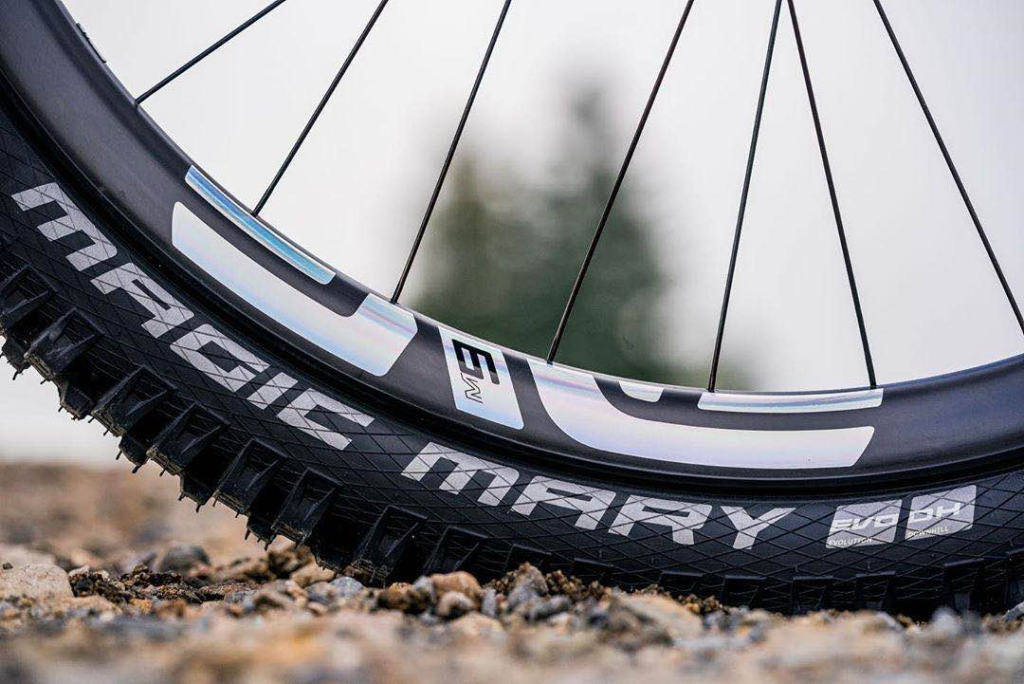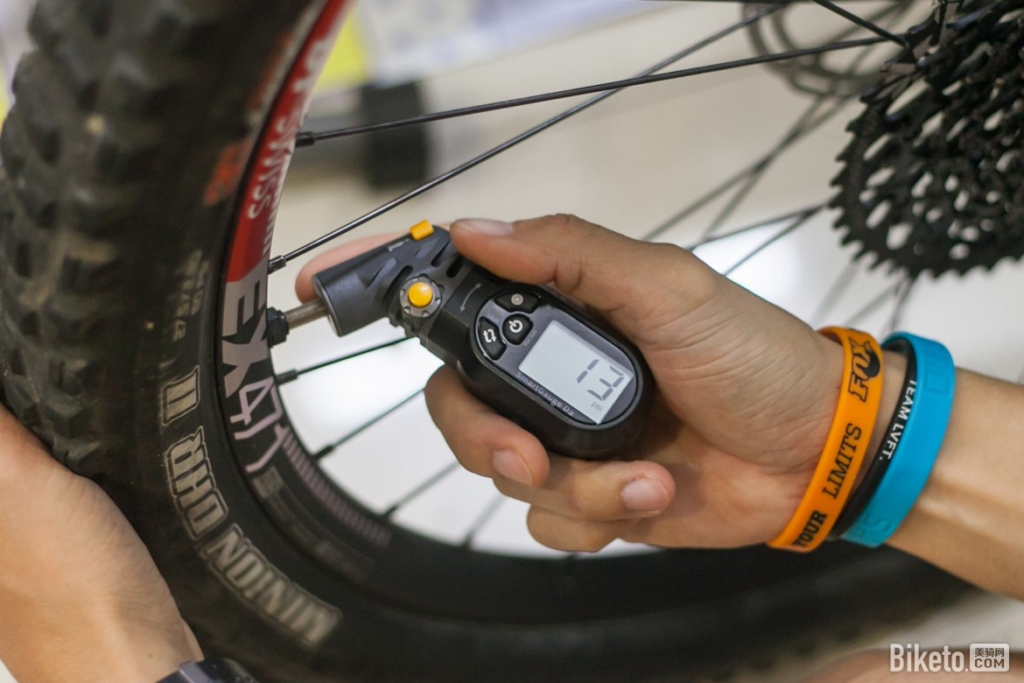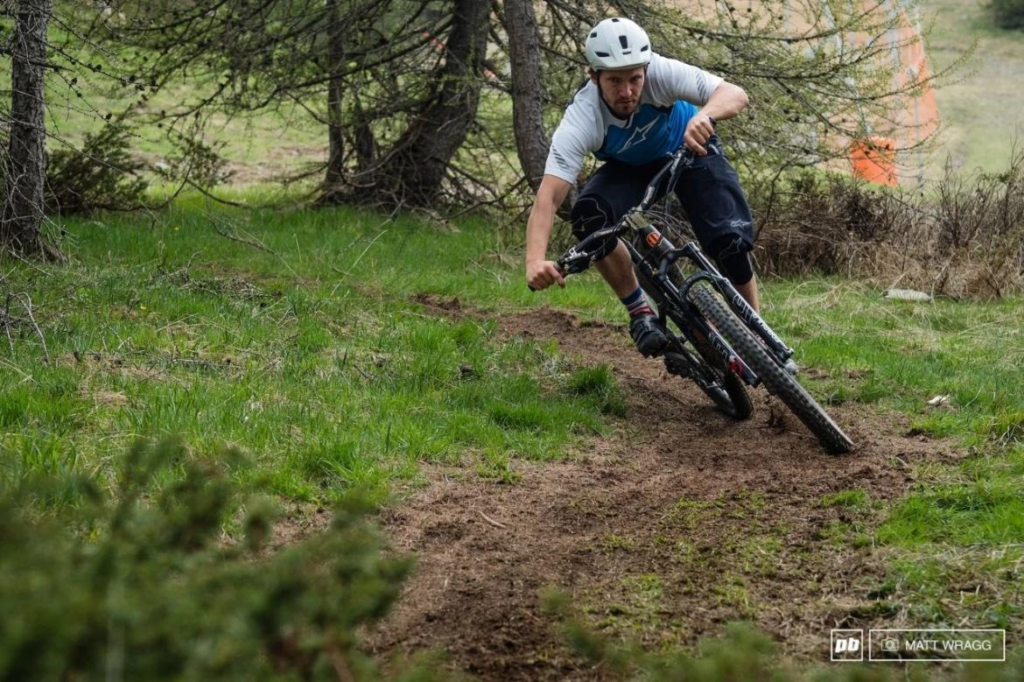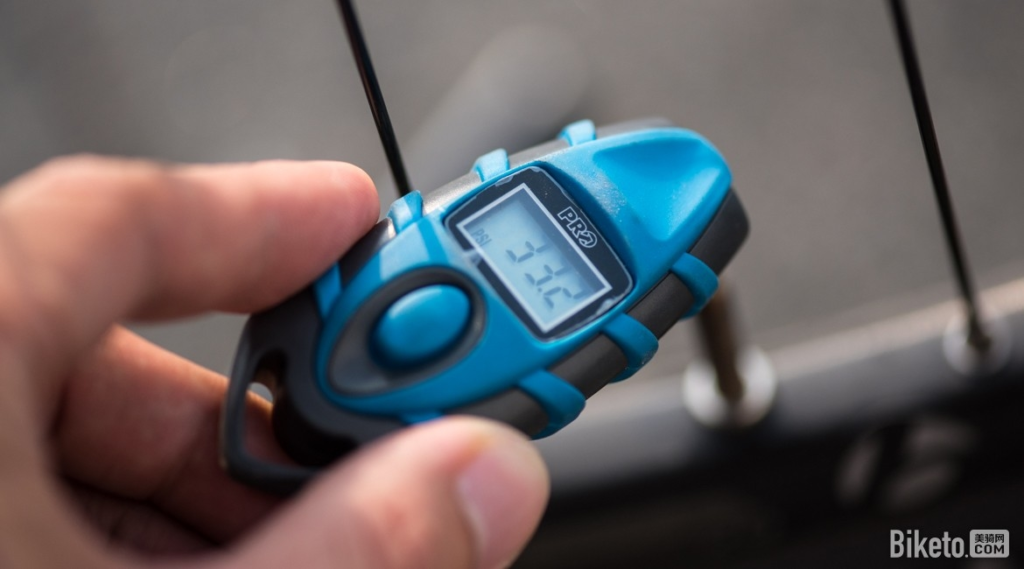Bicycle tire, as the only direct contact with the ground parts of mountain bikes, is worth the cost of upgrading. So after having enough excellent tire, how to set the tire pressure suitable for driver, terrain and road condition, let the tire play its due performance is particularly important.
Before the text begins, let’s look at the impact of the right, too low, or too high tire pressure on cycling.
- Proper tire pressure will balance grip, roll resistance and reliability. Everything is so beautiful. The tire can have full grip without procrastination, and the probability of a flat tire or ring is very low, with high reliability.
- Too high tire pressure will reduce the contact area between the tire and the ground, reduce the grip, the ground vibration will be more directly transferred to the hand, comfort greatly reduced.
- Too low tire pressure increases the risk of tire damage during impact, in the face of sharp obstacles (such as gravel, tree roots), and the possibility of tire burst or even bumping into the car ring is greatly increased. At the same time, too low tire pressure will affect the elasticity of the tire, resulting in unstable feedback at high speed. Besides, in the face of bends, too low tire pressure will make support insufficient, affect control, and even cause off-ring.

Of course, a proper increase in tire pressure helps to support the side wall of the tire, providing better stability and protection of the ring. The same appropriate reduction of tire pressure can increase the contact area between the tire and the ground, improve the grip, can more easily deal with the road is not very smooth, at the same time through the tire filter certain vibration, improve comfort.

So, what factors affect our setting of tire pressure?
Ring and tire maximum tire pressure: take the lower of both as the limit, although for mountain biking, the upper-pressure limit is almost untouched.
- Wheel quality: this only needs to consider the weight of the driver. The greater the quality of the wheel (the weight of the driver), the higher the tire pressure required.
- Riding terrain: this requires the driver to adjust the tire pressure before each ride. For example, in the face of dry floating soil or wet slippery road surface, it is necessary to reduce tire pressure and increase grip; in the face of bumpy road surface, reduce tire pressure and use the tire to carry out certain shock absorption; In the face of more stone, gravel and other unfriendly pavement, it is necessary to improve tire pressure, improve tire reliability and reduce the probability of tire and even ring damage.

- External tire technology: for example, if the external tire has excellent puncture prevention ability, you can consider terrain factors to reduce tire pressure.
- Application level of outer tire: the lower the applicable strength, the higher the tire pressure is, and the thinner the wall is, the same is true of the ultra-light outer tire.
- Tire volume: the larger the volume, the lower the tire pressure.

- Vacuum: vacuum tire puncture is greatly reduced, so it is suitable to use lower tire pressure.
- Ring structure: the large area application of hook-free vacuum ring allows the driver to further reduce the tire pressure.
- Riders’ skills and riding styles: aggressive riders need to increase their tire pressure because they need tires to have higher reliability. More skilled drivers can use a higher tire pressure because these drivers often have more chance of breakage due to their improper operation.

So how to set the appropriate tire pressure?
- The first step is to establish a suitable base value. The base value is determined mainly by the driver’s weight, the volume of the outer tire, whether the vacuum, the technology of the outer tire and the applicable level. Generally, this value is maintained between 20 and 30 psi.

2.The second step is to set up according to the terrain. Carry out actual cycling and adjust tire pressure. First, choose a daily track, not too long, but it is best to have a variety of technical points and terrain (such as curved walls, roots, rocks).
But note that choosing a route that you ride daily, is familiar and is not difficult for you. Because the purpose of this ride is to feel the feeling of tire pressure setting, not to focus on riding.
After finding such a track, increase the tire pressure by about 8 psi on the base value of the tire pressure (we take the slightly higher tire pressure as the starting value of the adjustment to facilitate the later adjustment).

Next, ride. Pay attention to riding experience and tire feedback. It is mainly: whether the vehicle is bumpy, whether there is insufficient support, whether there is an impact on the ring, and how to grasp the ground when crossing the bend.
Then lower the tire pressure and ride again, feeling what’s different from the last time. Before and after the wheel each reduction of about 3 psi. Then repeat the process continues until the tire pressure is suitable.

As the tire pressure decreases, you will feel that the grip of the tire is increasing and the track is increasing.
But with the decrease of tire pressure, you will gradually feel that the feedback of the tire becomes very vague, unstable when riding at high speed, and even feel the direct impact of the ring and obstacle when hitting the obstacle.
At this point, the tire pressure is a little too low, and then appropriate to raise the tire pressure, each increase of 2 psi, until such feelings disappear. Find this critical point for tire pressure, which is very close to your ideal tire pressure.

3.The third step is to adjust the balance before and after. The driver’s more center of gravity will fall on the rear wheel, so the tire pressure of the front wheel can be lowered a little bit, of course, due to the setting of the base value of the tire pressure, the tire pressure of the basic front and rear wheel is more balanced. The front wheel can be slightly fine-tuned to achieve the best balance of grip and stability.

Such a set of settings will make your ride more comfortable and tires can work better. But it should be noted that this is a set of basic data. In the face of different terrain, still need to be fine-tuned.


